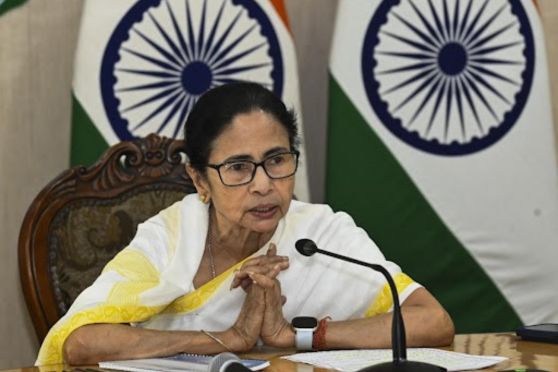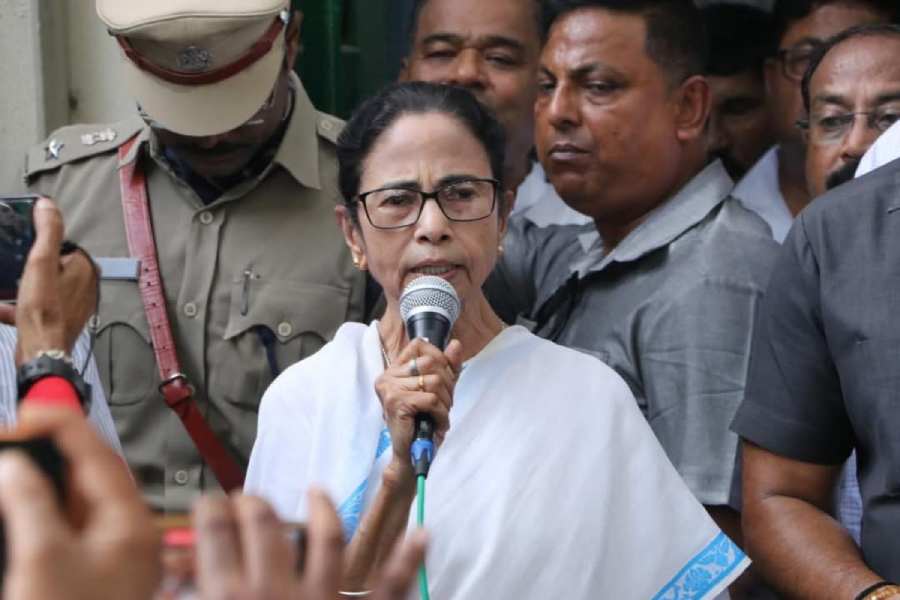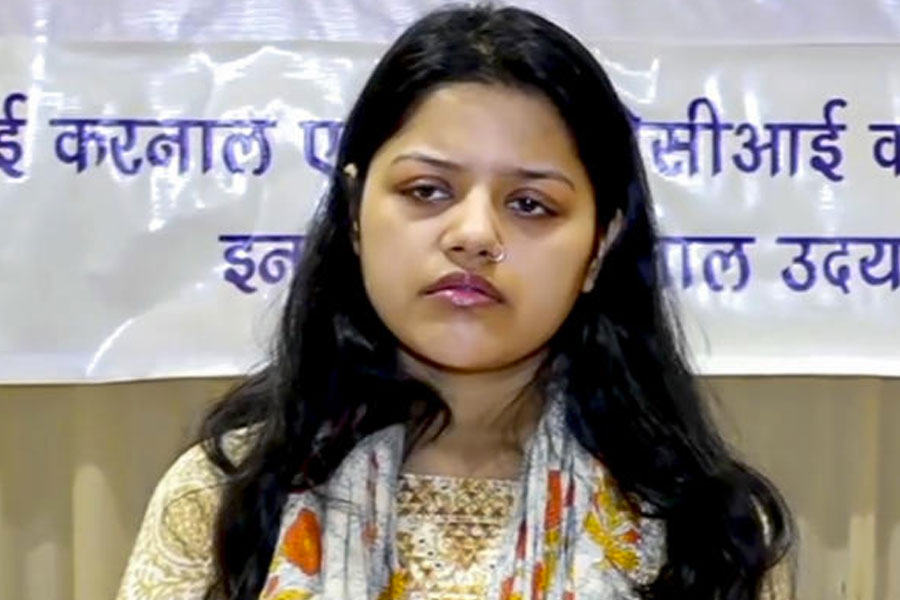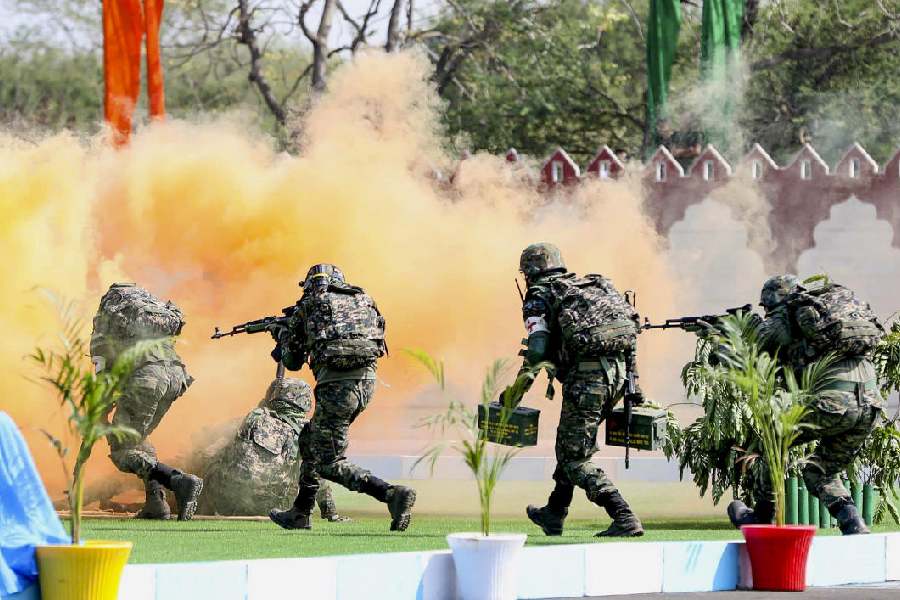 |
| Sohrai artist Deola Murmu at her Jamshedpur residence on Sunday. Picture by Animesh Sengupta |
No degree in hand, but a guest faculty of the renowned Visva-Bharati, instituted by Nobel Laureate Rabindranath Tagore in Santiniketan, Bengal.
This may sound like a dream, but it came true for tribal sohrai artist Deola Murmu.
Deola (22) conducted classes at a five-day art camp on pyatkar and sohrai between November 28 and December 2 at Srijani, the Shilpagram Complex in Santiniketan, hosted by Eastern Zonal Cultural Centre, which functions under the Union ministry of art and culture.
The camp, which concluded on December 2, was also where Deola bagged the invitation to take classes at the university once a year.
“I never thought that traditional art, which everybody says is on the verge of extinction, can fetch me recognition from such a reputable university. I will take this opportunity gladly as it will help me promote tribal art forms of my state,” said the Karandi-based Deola, who works with NGO Kalamandir in Jamshedpur.
Recalling her stint in Santiniketan, Deola said she shared her knowledge and expertise with 20 faculty members and students from the graphics, textile and craft sectors of Kala Bhavana, the art and crafts department at Visva-Bharati.
Foreign students were also a part of the workshop, in which acclaimed folk artist Bijay Chitrakaar took classes on pyatkar painting.
“Learning Sohrai is a natural process in villages. We do not attend classes. Since Sohrai is painted by the women in the family, I learnt it from my mother and grandmother,” said Deola, who holds a degree in geography from LBSM College, Karandi.
Tribal artists generally use combs and brooms, not brushes, to draw sohrai on walls. Red, black and white sand, besides cow dung, is used as the colour. In Santiniketan, Deola held the workshop by painting on handmade paper.
“Teaching traditional art does not need a degree. Visva-Bharati allows folk artists to come and teach at the university. The workshop was a commendable effort to revive the tribal arts of Jharkhand. The response was extremely positive,” said Bidhan Biswas, a Calcutta-based artist and art critic.










